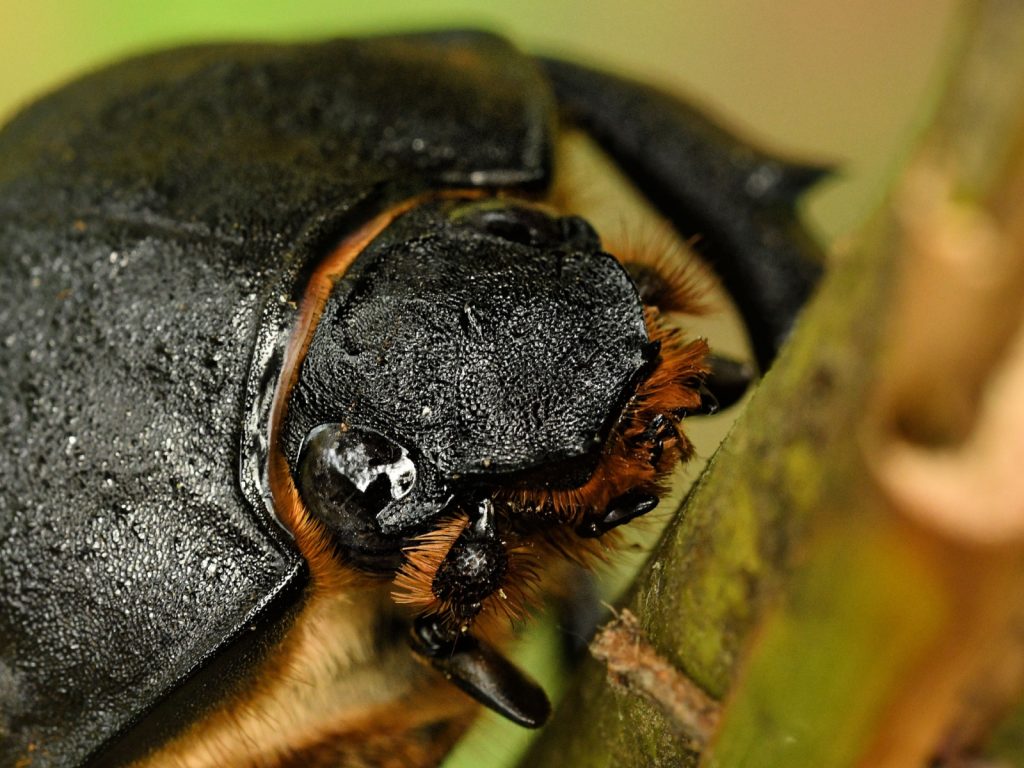When most people think of insects, they picture tiny creatures easily overlooked. But not all bugs are small. Some insects grow to surprising sizes, spanning several inches or more. These giants of the insect world can be found in various parts of the globe, from rainforests to deserts. Whether they’re crawling on the ground or flying through the air, these massive insects are truly awe-inspiring. In this list, we’ll explore some of the largest insects on the planet, each with its own unique features and story.
1. Titan Beetle
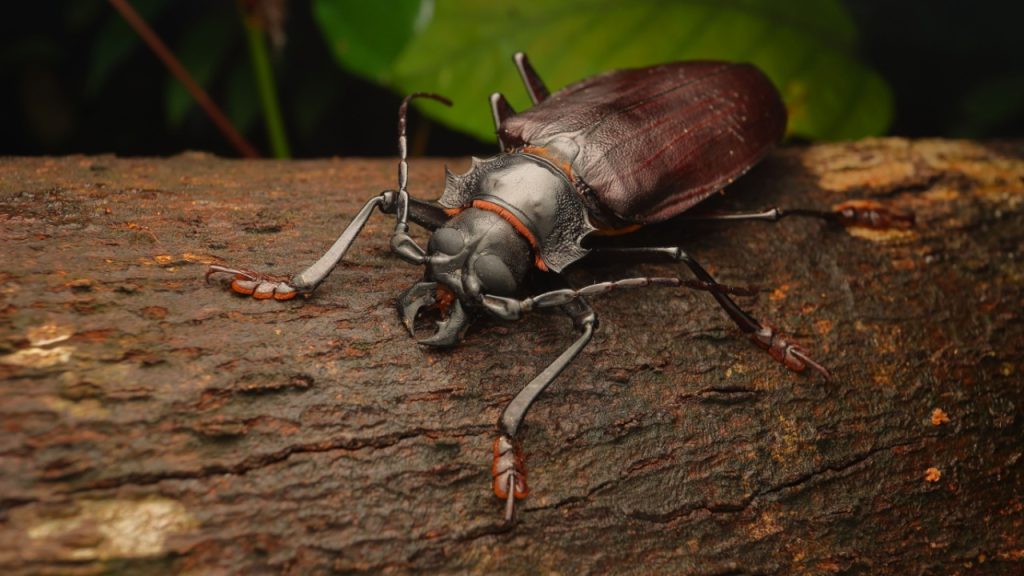
The titan beetle, found in the Amazon rainforest, is one of the biggest beetles in the world. It can reach up to 6.6 inches in length, with powerful mandibles strong enough to snap a pencil in half. While their size can be intimidating, they’re not dangerous to humans and mostly stick to a diet of decaying wood as larvae. These beetles are rarely seen, as they spend most of their time hiding in the forest floor or in rotting logs.
2. Goliath Beetle
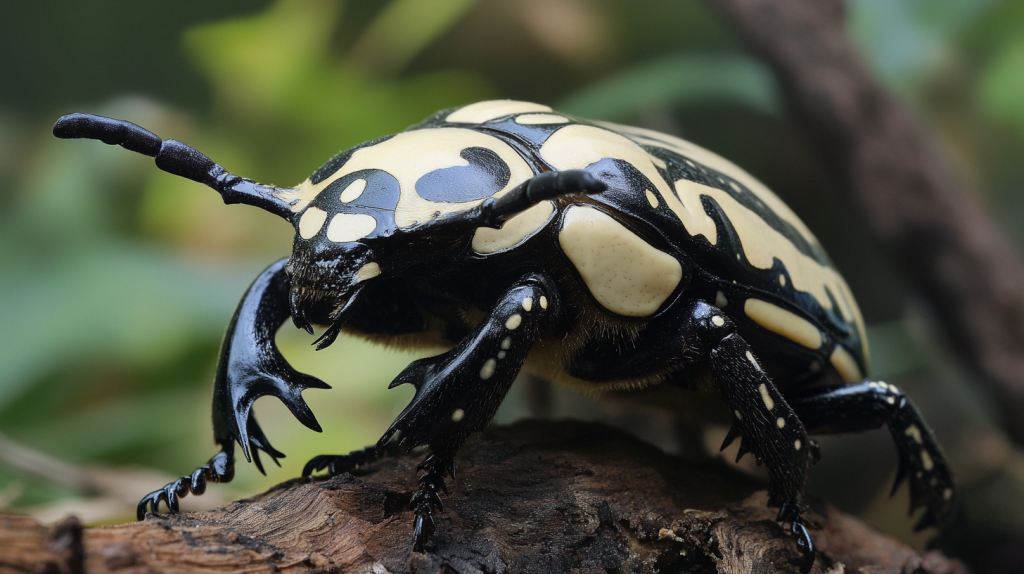
Goliath beetles, native to Africa’s tropical forests, are not only large but also heavy. These beetles can weigh up to 3.5 ounces and grow over 4 inches long. Known for their striking appearance, they spend much of their life as larvae, feeding on decaying plant matter, before transitioning to an adult diet of fruits. As adults, they have short lifespans, typically living for only a few months.
3. Giant Weta
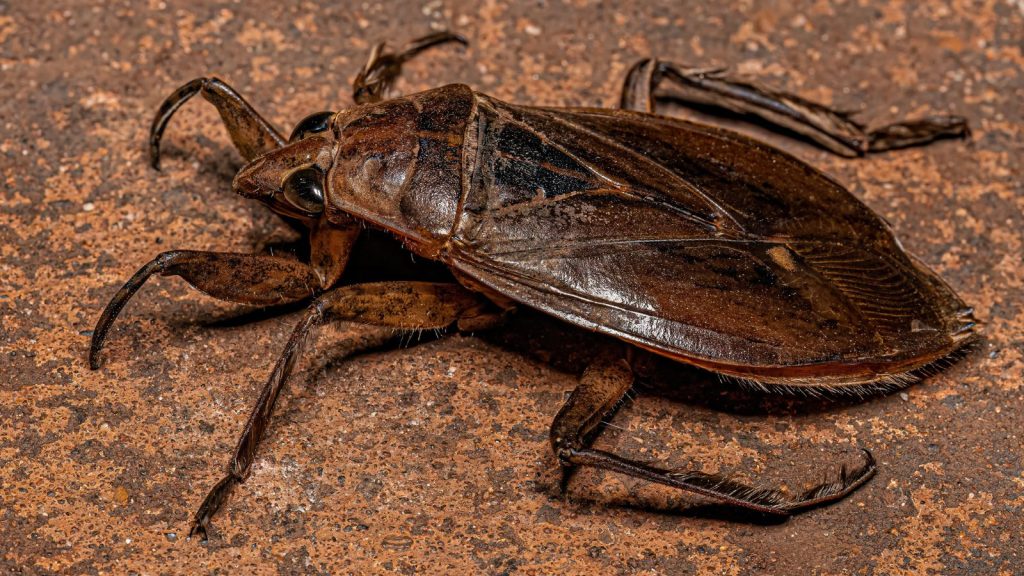
Native to New Zealand, the giant weta is a cricket-like insect that can weigh as much as a small bird. These insects can grow over 4 inches long and are harmless despite their fierce appearance. They feed on leaves and fruit, and their size makes them one of the largest insects on the planet. Their population is vulnerable due to habitat destruction and the introduction of non-native predators.
4. Queen Alexandra’s Birdwing
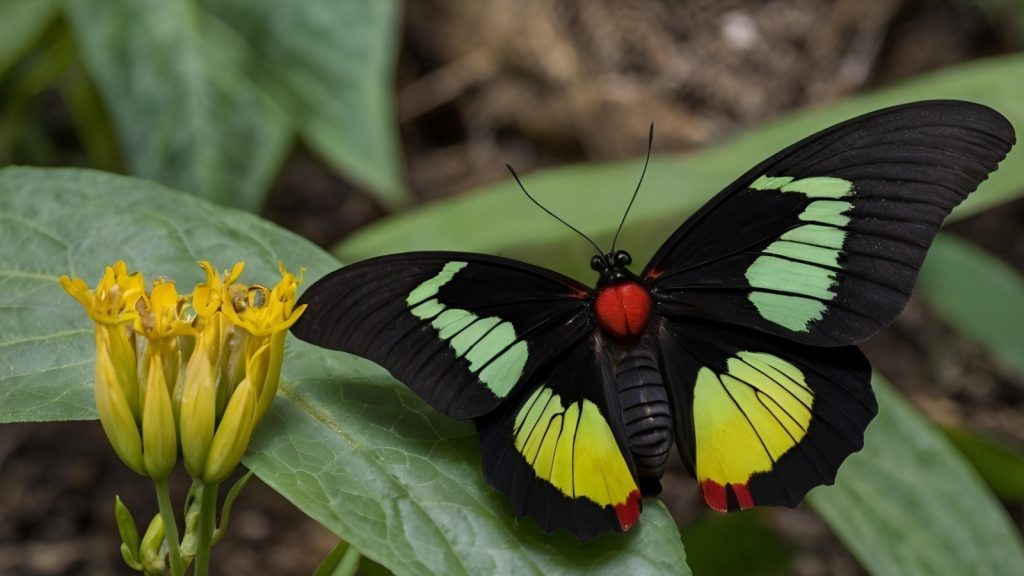
This butterfly, native to Papua New Guinea, holds the title for the largest butterfly species, with a wingspan that can reach up to 12 inches. The female is significantly larger than the male and is easily recognized by her wide brown and yellow wings. Despite their size, they are delicate creatures, relying on nectar for food. These butterflies are endangered due to habitat loss and are protected by law.
5. Atlas Moth
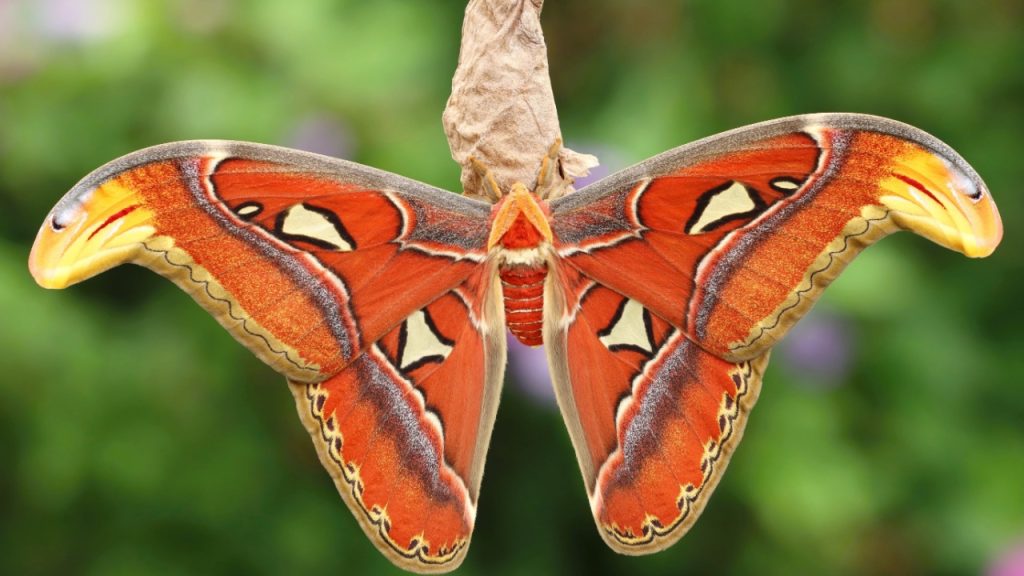
The atlas moth, found in Southeast Asia, is one of the largest moths in the world, with a wingspan of up to 10-12 inches. Its rich colors of orange, brown, and white are striking, but despite its size, the adult moth only lives for a few days as it has no mouth to feed. The caterpillars, however, can grow to enormous sizes, feeding voraciously before metamorphosis.
6. Hercules Beetle
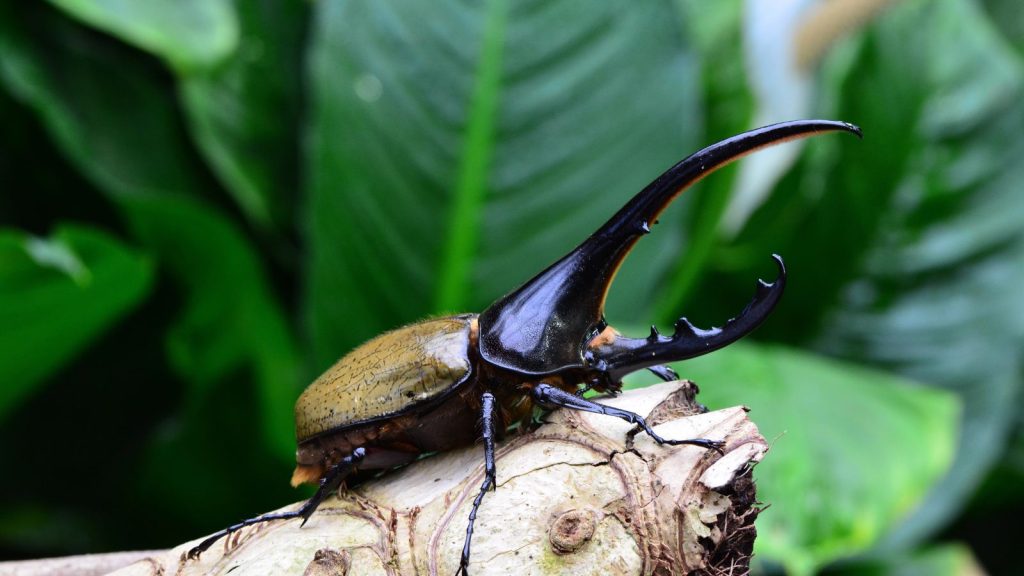
The hercules beetle, found in Central and South America, is named for its immense strength. Males can grow up to 7 inches long, thanks to their long horns, which they use in battles for mates. These beetles are not aggressive towards humans and spend their time searching for rotting fruit and leaves. Their horns can reach nearly half their body length, making them a standout among rhinoceros beetles.
7. Giant Long-Legged Katydid

The giant long-legged katydid, from the rainforests of Malaysia, is an odd-looking insect with legs as long as its body. They can grow up to 6 inches and are known for their eerie, high-pitched calls at night. Katydids are herbivores, eating leaves and flowers, despite their large and intimidating size. They use their long legs to cling to branches, blending in with their surroundings to avoid predators.
8. Giant Water Bug

Giant water bugs, sometimes called “toe-biters,” are found in freshwater habitats and can grow up to 4 inches in length. These predatory insects are known for their painful bite and their ability to prey on fish and amphibians. They play a key role in controlling other aquatic populations, making them fascinating creatures to observe. Giant water bugs are even considered a delicacy in some parts of Southeast Asia.
9. Stick Insect
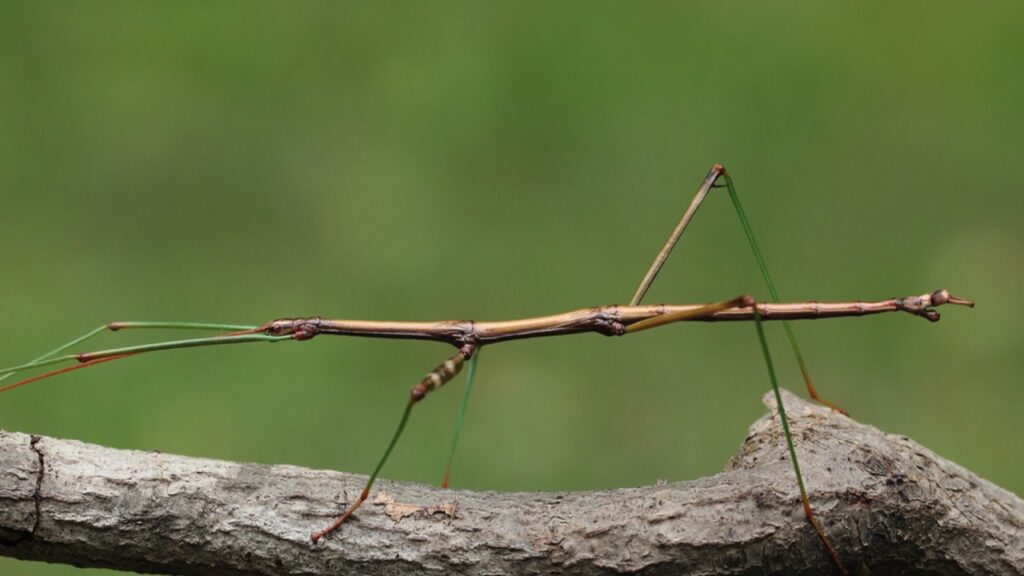
Stick insects, also known as walking sticks, are masters of disguise and can grow up to 21 inches long, depending on the species. Found across the globe, they use their long, thin bodies to blend into their surroundings. While they might seem like an easy meal for predators, their camouflage helps them stay safe. Some species can also regenerate lost limbs, a useful defense mechanism in the wild.
10. Tarantula Hawk Wasp
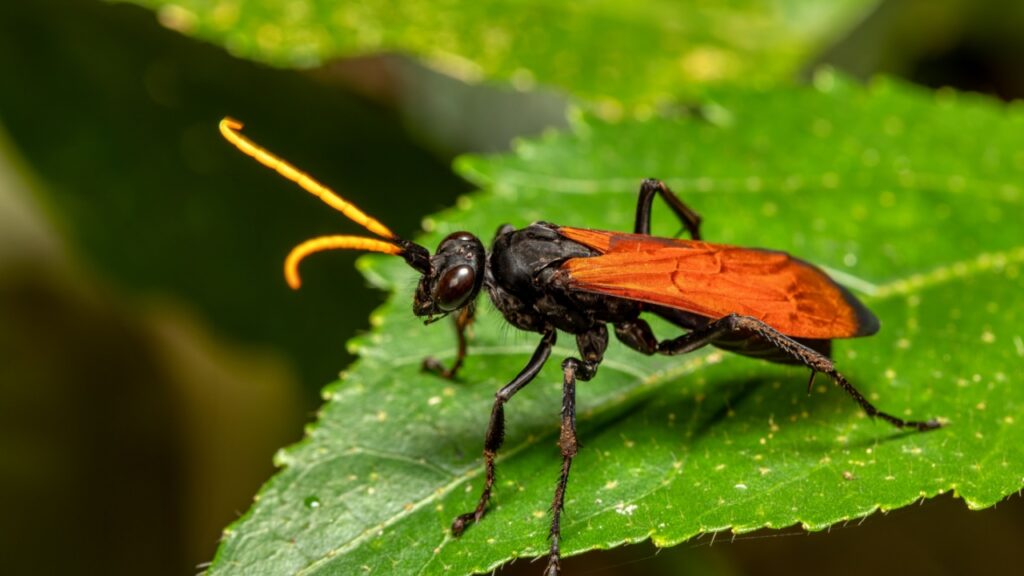
This large wasp, found in desert regions of the Americas, is known for its fearsome size and its sting. It can grow up to 2 inches long with a wingspan of around 4 inches. It preys on tarantulas, using its sting to paralyze them, and lays its eggs in the still-living spider. Despite its powerful sting, the wasp rarely attacks humans unless provoked, and its sting, while painful, is not fatal.
11. Malaysian Jungle Nymph
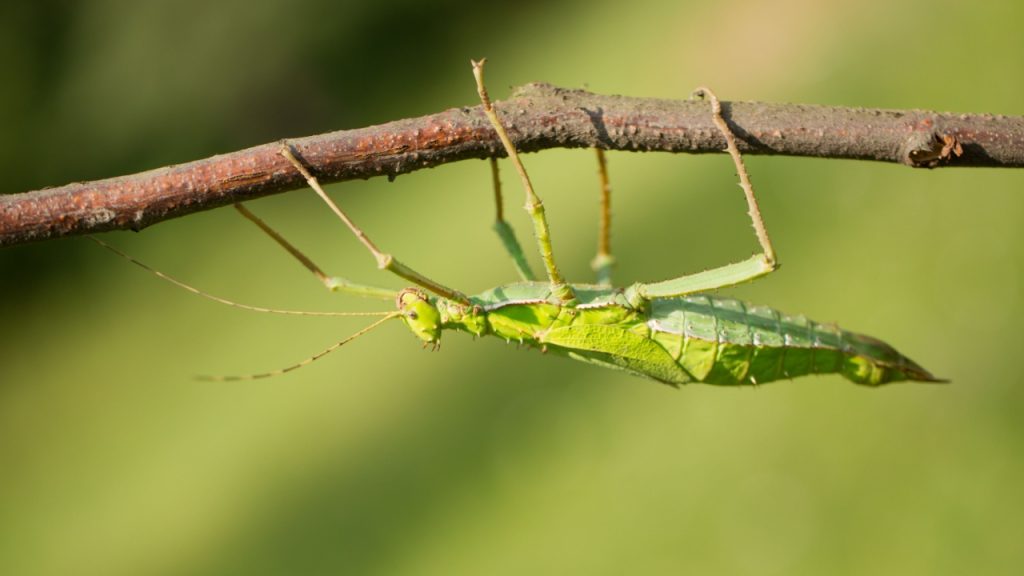
One of the largest stick insects in the world, the Malaysian jungle nymph, can grow up to 10 inches long. Its green, leaf-like appearance allows it to blend into its rainforest habitat. While it looks tough, this insect is a peaceful herbivore, feeding on plants in the dense jungle. Females of this species are much larger and bulkier than the males, which is uncommon in the insect world.
12. Giant Huntsman Spider

While technically not an insect but an arachnid, the giant huntsman spider deserves mention for its incredible size. It has a leg span of up to 12 inches and is one of the largest spiders in the world. Found in Laos, it’s known for its speed and hunting abilities, though it’s not dangerous to humans. Huntsman spiders are nocturnal hunters and primarily feed on insects and small animals.
13. Australian Giant Dragonfly
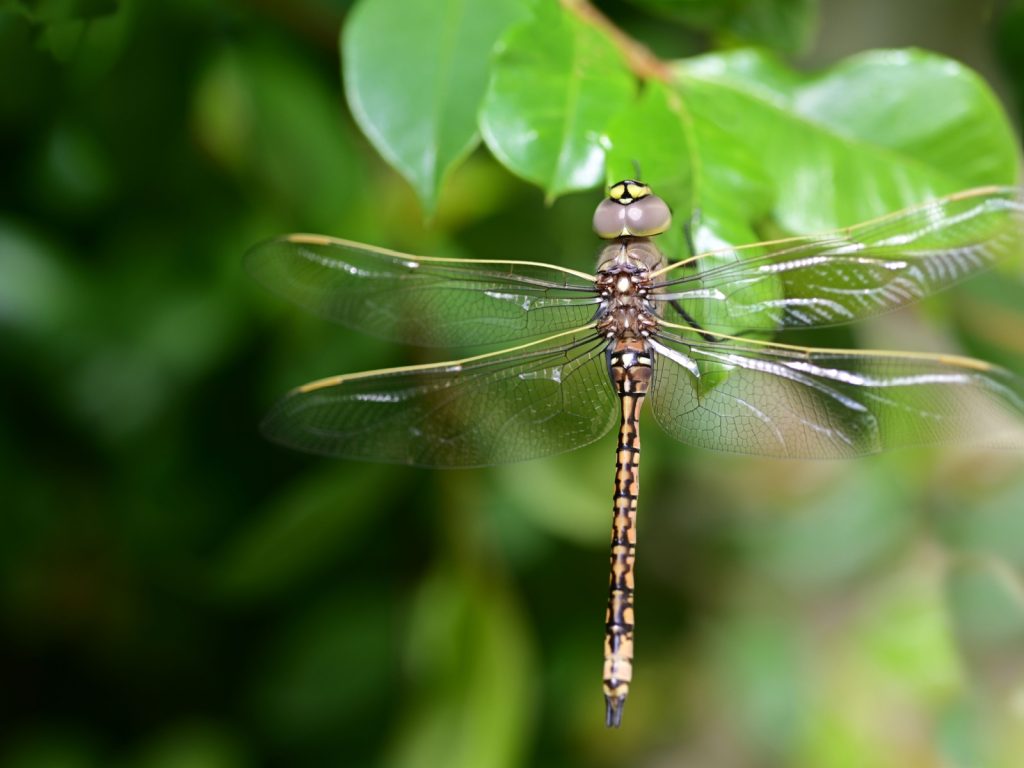
The Australian giant dragonfly is one of the biggest dragonflies on Earth, with a wingspan of up to 6 inches. These insects are fast and agile hunters, feeding on smaller insects like mosquitoes. Their massive wings make them a striking sight as they fly through the Australian outback. The nymphs, which live in water, are also large and predatory, helping to control populations of aquatic insects.
14. Macrodontia Cervicornis
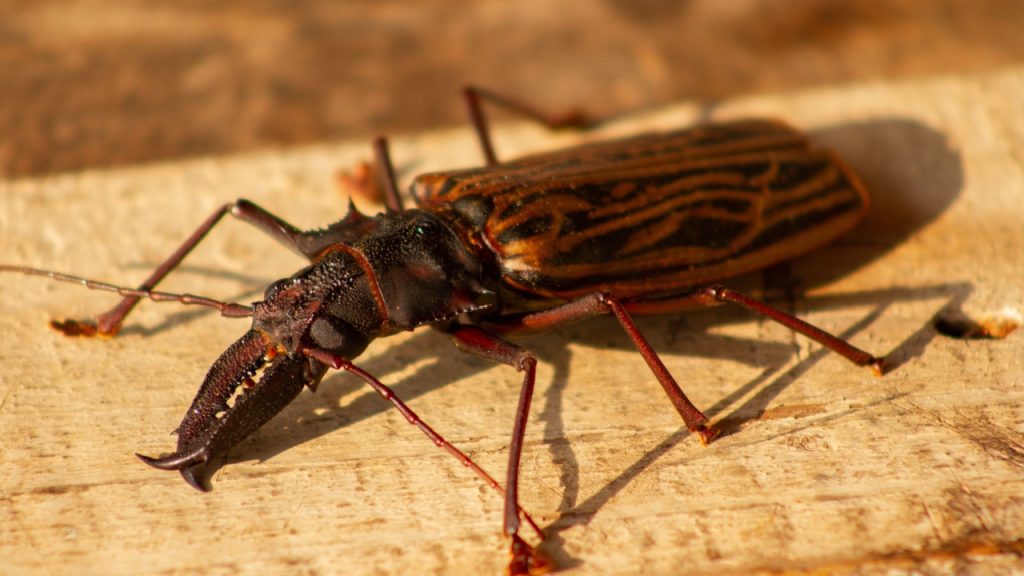
The macrodontia cervicornis, or saber-toothed longhorn beetle, is a massive beetle found in South America. It can grow up to 6 inches long and is known for its large, curved mandibles. Despite its intimidating appearance, it mostly feeds on decaying wood and plants. These beetles are often collected for their impressive size, making them sought-after specimens among insect enthusiasts.
15. Megasoma Elephas
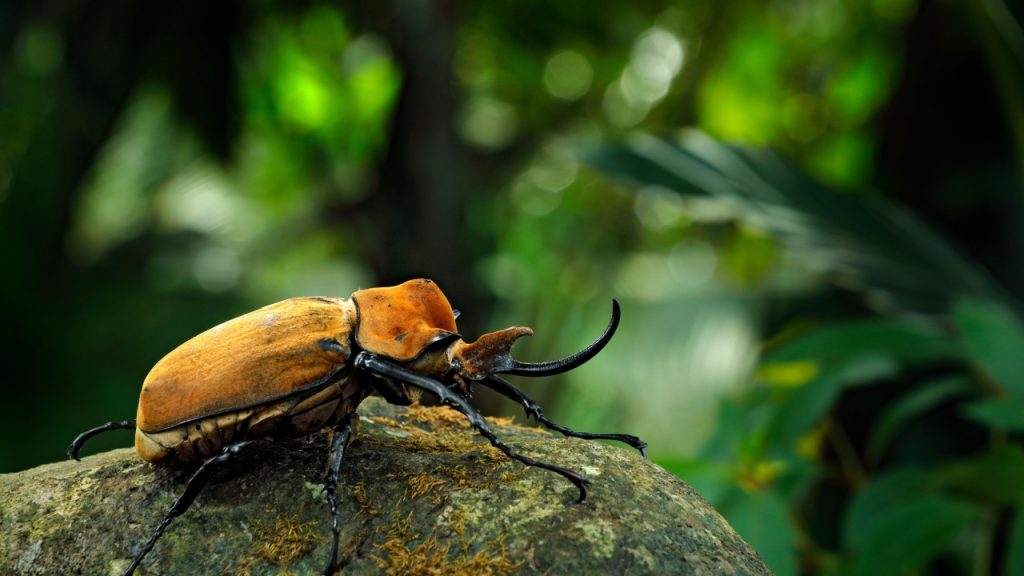
The elephant beetle, native to the rainforests of Central and South America, is another giant scarab beetle species. Males can reach up to 4.7 inches in length and have horns that resemble those of a rhinoceros. These beetles feed on fruit and decaying matter, making them an important part of their ecosystem. Their larvae are huge, feeding on rotting wood for up to two years before becoming adults.

